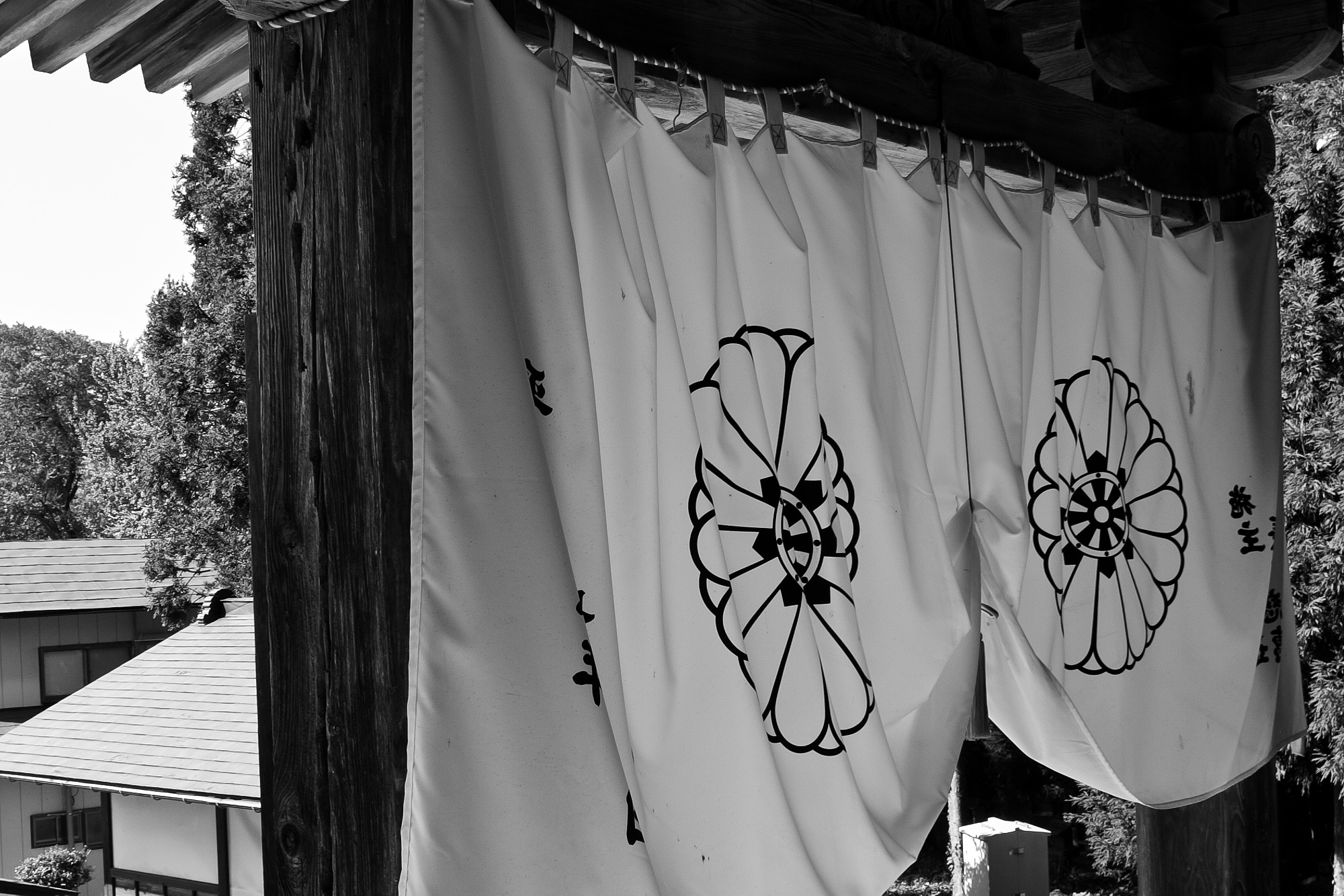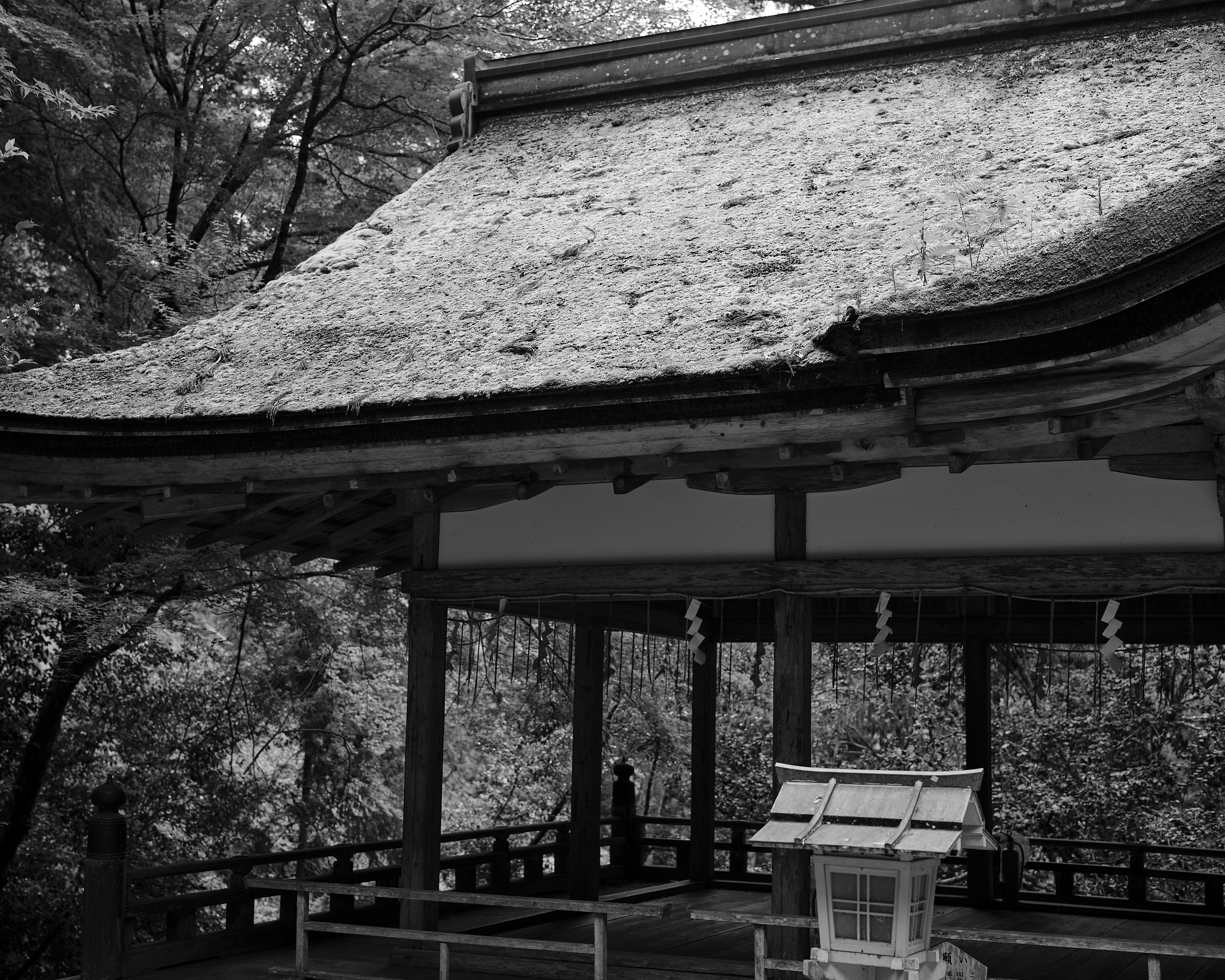Inyō, Gogyō, and Shinkage-ryū
Updated:
I studied several approaches to classical Japanese swordsmanship before moving to Seattle in 2016. Chief among them was an unofficial line of Kashima-shinden Jiki Shinkage-ryū maintained at the Hōbyōkan following the teachings of Namiki Yasushi and Itō Masayuki.
Since that time I have continued traditional katageiko, conducted analyses of kata in a process called kuzushi and performed combative pressure testing called tameshi-ai. In doing this, my practice has become increasingly influenced by my continued study of internal martial arts.
Visiting sacred places has been an important component of my
martial arts training over the years.
In 2005, while visiting the Gassan Dai Jinja (

Almost twenty years later, I spent time visiting Kyoto and Nara, including the seat of Honzan-ha Shugendō, not far from the Kyoto Budōkan (the site of the Meiji-era Butokukan), the shrines and temples at Kuramadera associated to historical figures such as Yoshitsune and Kiichi Hogen and the Todaiji in Nara. Doing so, I thought deeply about my continued martial practice — should it continue independently or should I try to rectify my Japanese swordsmanship with an existing tradition. I spent time thinking about my continued endeavors and came to the realization the defining aspect of my kenpō is the integration of internal martial arts principles into my practice.

I emphasize Taoist aspects of the art, including complementarity (yin and yang) and five element theory and draw inspiration from Shugendō. Over time:
- I have evolved my practice to constrain my expression of kiai to be more akin to the vocalizations found in internal martial arts: flowing from, or aligned with, a movement, rather than driving a movement.
- I no longer forcefully coordinate breathing with each movement, but instead keep my breathing relaxed and steady and utilize sophisticated reverse breathing methods from Tàijíquán instead of the ibuki style of breathing often used during traditional aun kokyu.
- Emphasis is placed on developing a connected body that integrates force with each action in an optimal manner while remaining relaxed and able to adapt suddenly when needed.
In future posts I will analyze traditional kata practice with this lens.